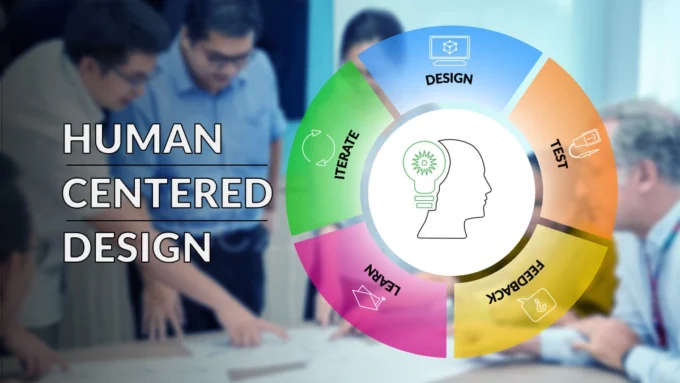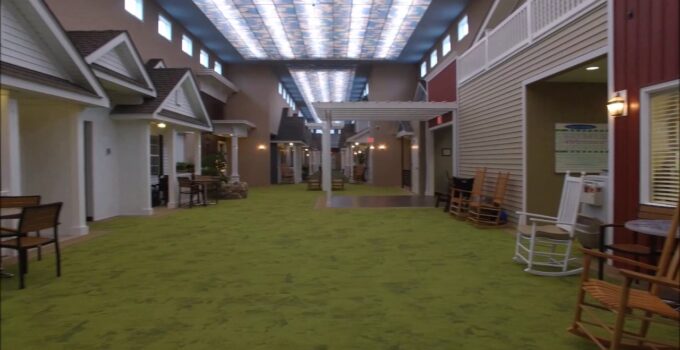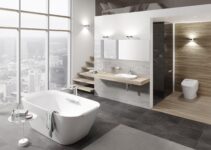Within the realm of architecture and home construction, a momentous and profound transformation has transpired—one that centers around placing individuals at the very core of the design journey. This fundamental shift in perspective, commonly referred to as the human-centered design paradigm, has ushered in an unprecedented revolution in the realm of crafting living spaces. In stark contrast to conventional design methodologies that frequently elevated matters of aesthetics and structural intricacies, the human-centered approach has orchestrated a redefinition of what it means to achieve success by meticulously honing in on the requisites, inclinations, and holistic welfare of homeowners.
In the forthcoming discourse, we shall embark on an in-depth expedition into the multifaceted dimensions intrinsic to human-centered design as manifested within the domain of home construction. This comprehensive exploration will span from a comprehensive grasp of its foundational tenets to a meticulous examination of its pragmatic implementations and the nascent trajectories it is steering towards.
Understanding Human-Centered Design

Source: xppower.com
In the realm of architectural innovation, the concept of human-centered design has emerged as a transformative approach, fundamentally altering the way we conceive and construct living spaces. Central to this paradigm is the profound recognition that a home transcends being a mere physical structure; rather, it stands as a dynamic and intimate habitat that intricately molds the daily realities and experiences of its inhabitants. The essence of this philosophy propels us away from the conventional architect-centric methodology, where designs were once primarily chiseled according to the architect’s singular vision. Instead, in a progressive shift, architects and designers have embarked on a collaborative journey with homeowners, interweaving their expertise with the lived narratives of the occupants, all aimed at birthing spaces that harmoniously resonate with their distinctive ways of life and aspirational trajectories.
Designing for Functionality and Comfort
The essence of human-centered design lies in the understanding that homes should be functional, efficient, and comfortable for those who inhabit them. By delving into homeowners’ needs and routines, architects and designers can optimize spaces to accommodate specific requirements. This approach goes beyond superficial aesthetics and instead focuses on the practicality of a layout.
Imagine a family of four looking to maximize space in a modest-sized home. Human-centered design would involve crafting innovative storage solutions, designing flexible layouts, and incorporating ergonomic considerations. For instance, in the kitchen, cabinets could be designed to optimize storage while maintaining a clean and open feel. Additionally, furniture and appliances might be strategically placed to enhance traffic flow and accessibility.
Creating Homes for Well-being and Inclusivity

Source: goodearth.org.in
Design extends far beyond its physical attributes; it wields a profound influence over emotional well-being and mental health. The philosophy of human-centered design astutely recognizes the intricate interplay between design elements and the holistic wellness of homeowners. A prime exemplar of this concept lies in the empirical evidence showcasing the unequivocally positive impact of natural light on mood elevation and heightened productivity. The judicious incorporation of open spaces transcends mere aesthetic considerations; it engenders an unmistakable sensation of liberation while concurrently fostering opportunities for organic interactions and fostering a sense of communal interconnectedness.
Moreover, the contemporary discourse on human-centered design has witnessed the ascension of inclusivity as a central tenet. Emanating from an ethos of equal access and empowerment, the notion of crafting homes that are universally navigable has garnered remarkable traction. This egalitarian impulse has precipitated transformative design innovations, ranging from the integration of step-free entrances to the engendering of wider doorways, thereby dissolving barriers for individuals of diverse abilities and age groups. A particularly noteworthy facet of this trend is the advent of adaptable living spaces that can gracefully evolve in sync with shifting needs and circumstances, thereby reinforcing the core values of inclusivity and longevity.
The symbiotic relationship between design and technology further augments the inclusivity paradigm. The proliferation of smart home features, meticulously calibrated to cater to a heterogeneous spectrum of homeowners, exemplifies the synergy between cutting-edge technological advancements and human-centered design principles. By affording heightened autonomy and convenience, these technological marvels foster an environment wherein every dweller can revel in a personalized, accommodating living experience. Companies like Design Builders in New Zealand can help you create a home built for your and your family.
Realizing Human-Centered Design: Challenges and Trends
Embracing human-centered design is a collaborative journey involving architects, designers, and homeowners. This approach demands active listening, empathy, and a willingness to adapt based on feedback. Successful projects are marked by the seamless integration of homeowners’ preferences and practical considerations.
However, challenges do exist. Balancing aesthetics with functionality, navigating budget constraints, and addressing the evolving needs of homeowners can be complex. But innovative solutions continue to emerge, fueled by a commitment to creating spaces that truly enrich lives.
As we look to the future, several trends align with the principles of human-centered design. Sustainable and eco-friendly design practices are gaining traction, reflecting a growing awareness of environmental responsibilities. Additionally, adaptable spaces that cater to remote work and changing family dynamics are becoming increasingly prevalent.
Conclusion

In summary, the human-centered approach to home building stands as a momentous and transformative shift within the architectural realm. As designers wholeheartedly embrace this approach, a profound emphasis is placed upon addressing the intricate tapestry of people’s needs, their well-being, and the imperative of inclusivity. This harmonious fusion of considerations catapults the act of home design into a realm where spaces are not merely structures, but rather, they evolve into embodiments of profound human connection and understanding.
Through this approach, architects become more than mere creators of physical structures; they become orchestrators of experiences that encapsulate the essence of what it means to feel truly at home. Every architectural decision becomes a conscious ode to the individuals who will inhabit these spaces, resonating on a level that transcends mere aesthetics. This attunement to the human experience leads to the birth of living environments that are not only functional but also possess an inherent ability to stir emotion, cultivate memories, and facilitate personal growth.
Furthermore, the resonance of the human-centered approach extends beyond the immediate occupants of these homes. It reverberates through generations, etching its mark into the collective memory of families and communities. The timelessness of this approach lies not solely in its aesthetic choices, but in its profound understanding of human nature and the perennial aspects of comfort, security, and belonging that underpin it.







